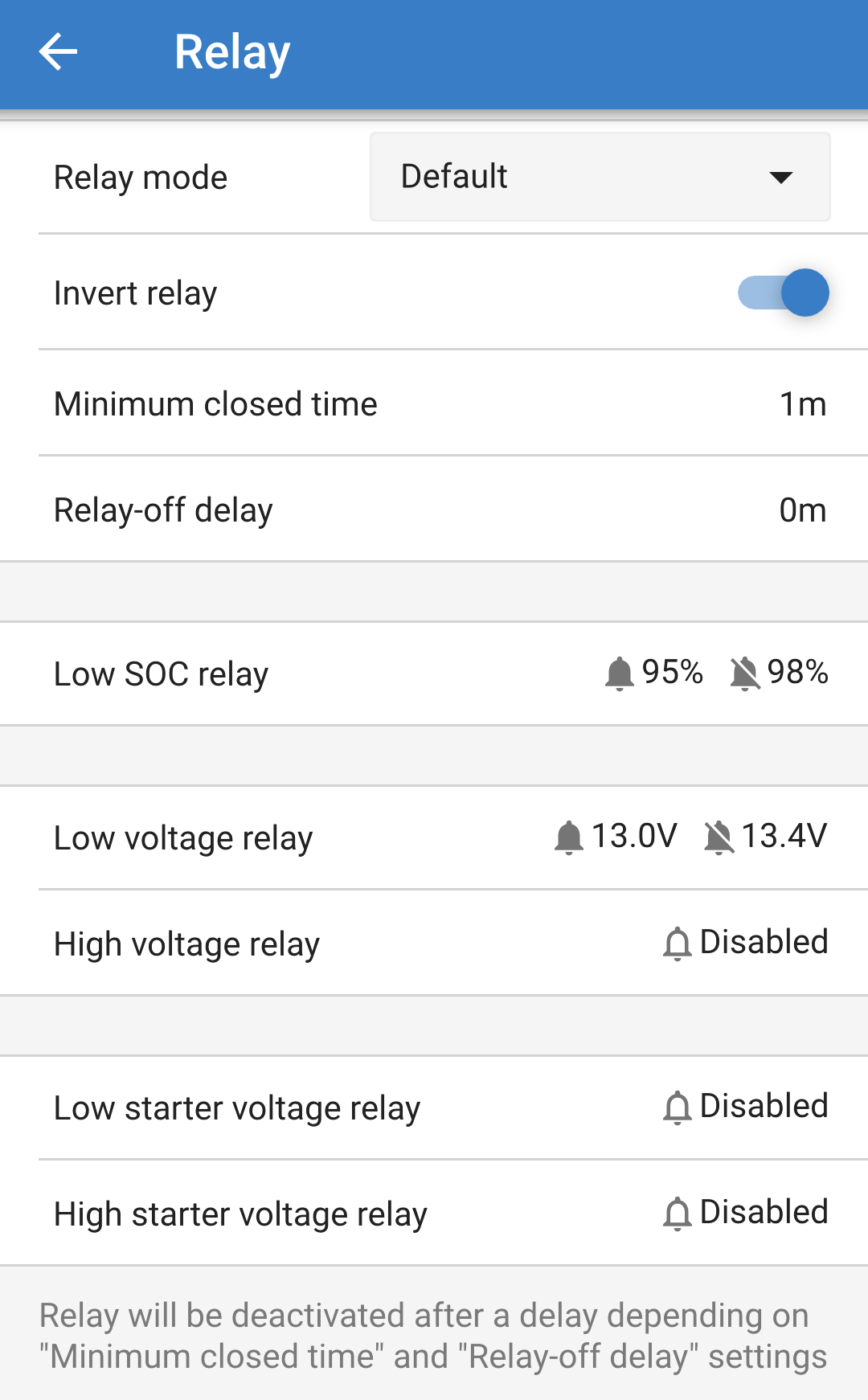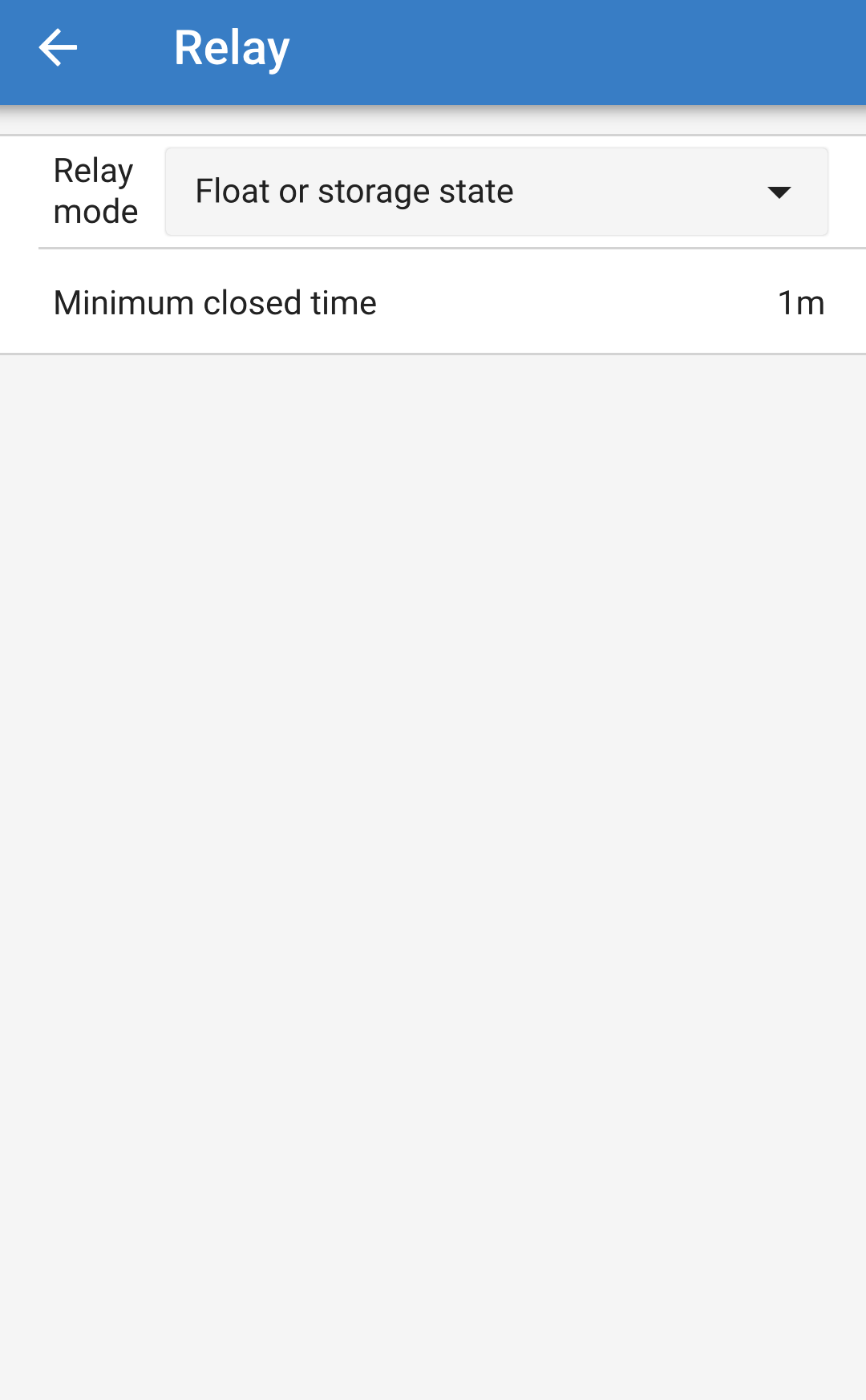Hello everyone, variations of this question have been asked before on the forums.
I have a 2000W DC water heater and all I'm really wanting to do is to use extra solar to power it, (-only if and when) my Tesla batteries are fully charged or almost fully charged. - I'm talking about utilizing the extra power that the solar panels don't bother to produce while the batteries are in float charge mode.
Simple plan:
Program the SmartSolar MPPT relay output to turn on when battery is at float and use that output to control a Solid-State Relay that is connected to the water heating element.
I guess my questions are:
1) Do I get to use the maximum available solar panel wattage into the DC heater while the controller is in float mode?
2) Micro-cycling lithium batteries = bad? (or) does this consideration even apply in my case? -Controller may (or may not -depending on Victron operation logic) be going in and out of Float possibly dozens of times per day?
3) Why do some people seem to need some sort of PWM output from the MPPT controller to achieve this? - is it that the SmartSolar only puts out its full power during Bulk and the aim is to try to keep it in bulk mode while powering the heater?
4) I have a BMV-712. Should battery State of Charge be a part of this consideration?
Please let me know what you think.
Thanks.


